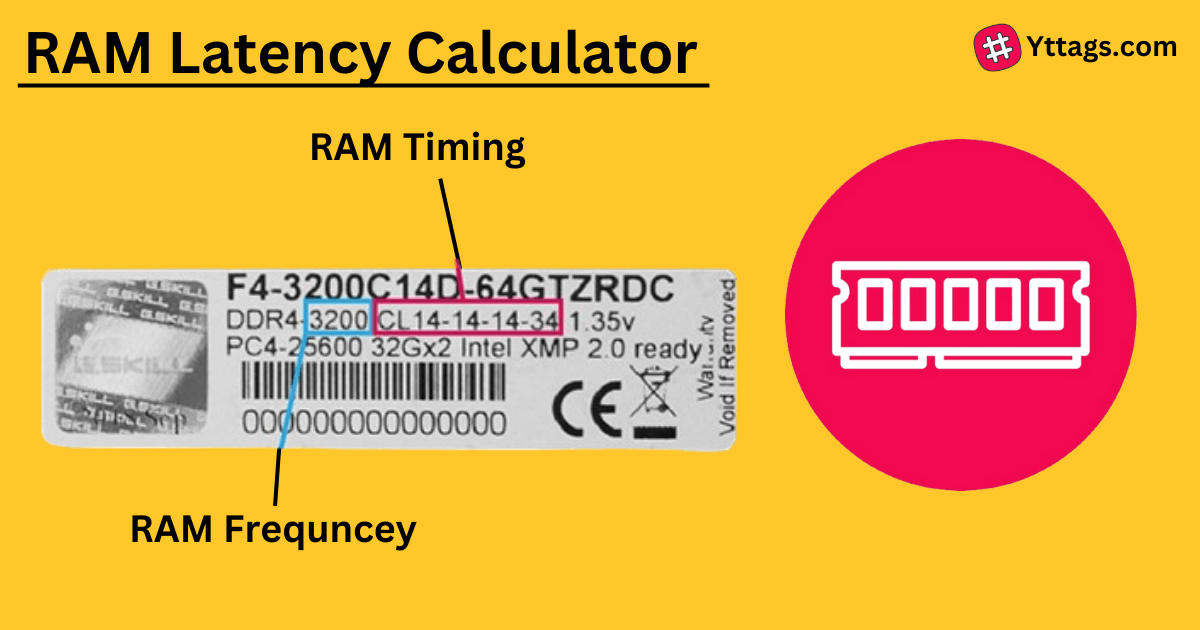RAM Latency Calculator
This is a calculator to determine an absolute RAM latency or RAM speed.
MT/s: CL:
Calculated nanoseconds:
MT/s: CL:
Calculated nanoseconds:
MT/s: CL:
Calculated nanoseconds:
How to use this RAM Latency Calculator Tool?
In the world of computer hardware, the performance of a system is often gauged by its memory speed and latency. One of the key components in this equation is RAM (Random Access Memory), which serves as the temporary storage space for data that the CPU (Central Processing Unit) needs to access quickly. RAM latency, often measured in nanoseconds, is a crucial factor in determining how fast a computer can access and process data. The RAM latency calculator is a useful tool that helps users understand and optimize their RAM's performance.
Understanding RAM Latency
RAM latency refers to the time it takes for the system to access and retrieve data from the memory. It is determined by several factors, including the memory's clock speed (in MHz or GHz), the memory's timing settings (e.g., CAS latency, tRCD, tRP, and tRAS), and the memory's data rate (in MT/s or mega-transfers per second). Lower latency means faster data access, which translates to better system performance.
One of the most critical timing settings that affects RAM latency is CAS latency, or CL, which stands for Column Address Strobe latency. It is the time it takes for the memory to respond to a read command from the CPU. The lower the CAS latency, the faster the memory can respond to read commands, resulting in better performance.
The Role of RAM Latency Calculator
A RAM latency calculator is a tool that helps users determine the optimal timing settings for their RAM modules based on their clock speed, timings, and data rate. By inputting these parameters into the calculator, users can get an estimate of the RAM's latency and make adjustments to achieve better performance.
The calculator also helps users understand how different timing settings affect RAM latency. For example, users can experiment with different CAS latency values and see how they impact the overall latency. This allows users to fine-tune their RAM settings for better performance.
How to Use a RAM Latency Calculator
Using a RAM latency calculator is relatively straightforward. Users need to input their RAM's clock speed, timings, and data rate into the calculator, and it will provide an estimate of the RAM's latency. Users can then experiment with different timing settings to see how they affect the latency.
How to use Yttags's RAM Latency Calculator?
- Step 1: Select the Tool

- Step 2: Enter The Following Options And Check Your RAM Latency Calculator Result

Formula

Conclusion
RAM latency is an essential factor in determining a computer's performance, and understanding how it works can help users optimize their systems for better performance. A RAM latency calculator is a valuable tool that helps users understand and fine-tune their RAM's timing settings for improved performance. By using a RAM latency calculator, users can achieve better system performance and get the most out of their hardware.